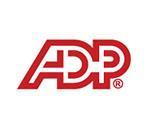
As the calendar turns to a new year, businesses embark on a fresh journey towards growth and success. Amidst evolving market dynamics and emerging trends, setting up for success requires a strategic approach that goes beyond mere resolutions. In this blog, we explore how companies can position themselves for a prosperous new year by leveraging optimized workflows to drive increased profitability and revenue.
Optimized workflows serve as the foundation upon which companies can build efficiency, productivity, and profitability. Streamlining these workflows also contribute to an improved customer experience, accelerated product development, and an efficient sales pipeline, further solidifying the path to growth.
The road to success may be paved with challenges, but with well-optimized and streamlined workflows, businesses can navigate with confidence and embrace the potential of a prosperous future.
10 Ways to Optimize & Streamline Workflows
- Eliminating Bottlenecks and Redundancies: Inefficient workflows often harbor bottlenecks and redundancies that hinder productivity. By conducting a thorough analysis of existing processes, companies can identify and eliminate these roadblocks, leading to faster task completion and reduced time wastage. Streamlining workflows empowers employees to focus on value-added tasks that contribute directly to revenue generation.
- Time is Money: Time saved through optimized workflows directly impacts the bottom line. When employees spend less time navigating convoluted processes or waiting for approvals, they can allocate more time to revenue-generating activities such as sales, client interactions, and product development. The cumulative effect of these time savings significantly contributes to enhanced profitability.
- Resource Allocation and Cost Reduction: Optimized workflows enable efficient allocation of resources, preventing overstaffing or underutilization. This streamlined resource allocation translates to cost savings, as companies can optimize staffing levels, minimize overtime expenses, and reduce operational waste. These cost efficiencies directly bolster the organization’s profitability.
- Enhanced Customer Experience: Streamlined workflows contribute to a more responsive and customer-centric operation. Faster response times, accurate order processing, and seamless customer interactions result in heightened customer satisfaction and loyalty. Satisfied customers are more likely to make repeat purchases, recommend your products or services to others, and ultimately contribute to increased revenue.
- Accelerated Product Development and Launch: An optimized workflow expedites the product development cycle, from ideation to launch. Efficient collaboration between cross-functional teams ensures that new offerings are brought to market faster, capitalizing on emerging trends and customer demands. This agility in introducing new products or services enhances revenue potential.
- Sales Pipeline Efficiency: Optimized workflows within the sales process empower sales teams to close deals more efficiently. By automating routine tasks like lead qualification, follow-ups, and proposal generation, sales representatives can spend more time building relationships and closing deals. A streamlined sales pipeline directly impacts revenue growth by accelerating the conversion of leads into paying customers.
- Digital Transformation and Automation: Embrace technology to automate repetitive and manual tasks, reducing human error and speeding up processes. Utilize Customer Relationship Management (CRM) systems, project management tools, and workflow automation platforms to streamline operations. This not only enhances efficiency but also facilitates data-driven decision-making for improved revenue generation.
- Standardized Processes and Training: Implement standardized operating procedures and provide comprehensive training to employees. Clearly defined processes ensure consistency and reduce the chances of errors. Well-trained employees are better equipped to navigate workflows effectively, boosting productivity and contributing to revenue growth.
- Cross-Functional Collaboration: Foster collaboration between departments to create end-to-end workflows that span different functions. Cross-functional teams can identify potential bottlenecks, optimize handoffs, and develop innovative solutions that streamline operations. This holistic approach enhances overall efficiency and revenue potential.
- Continuous Improvement and Data Analysis: Implement a culture of continuous improvement by regularly assessing workflows and seeking opportunities for enhancement. Leverage data analytics to monitor KPIs and identify areas for optimization. Data-driven insights empower businesses to make informed decisions that lead to increased revenue.
Optimized workflows form the backbone of an efficient and effective business operation. They encompass the systematic organization of processes, tasks, and resources, ensuring that every facet of a company’s operations runs smoothly and cohesively. By streamlining these workflows, businesses can increase productivity, cost savings, and, most importantly, boost their performance and profitability.
Schedule a custom demo to discover the benefits of a Workforce Manager like TeamWherx®.
Share this post:
About the author : Actsoft Team
Actsoft’s team of industry experts have their fingers on the business world’s pulse. It’s our mission to deliver the latest news to keep you and your leaders on top of the latest trends, further helping you to excel and exceed your goals.















 Encore & Geotab Drive
Encore & Geotab Drive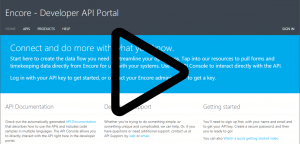
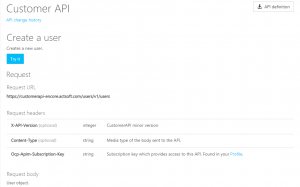
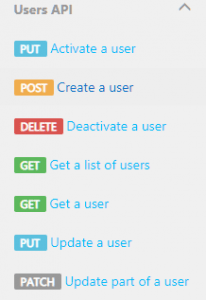


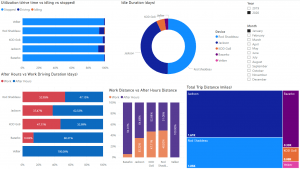
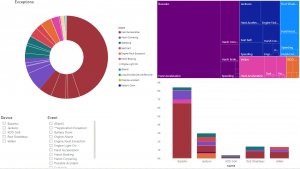


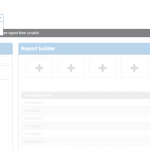
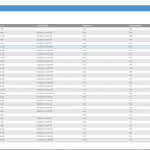
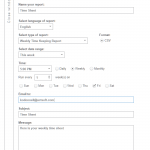



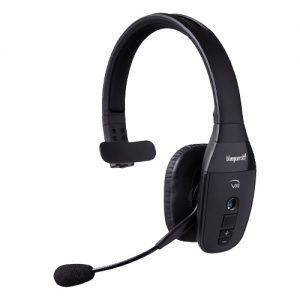
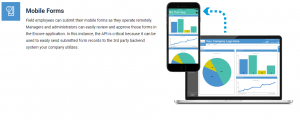
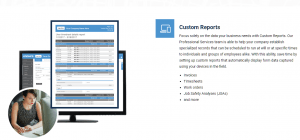
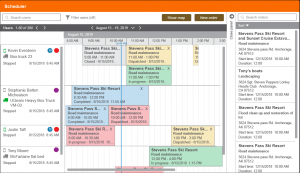
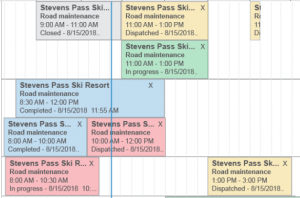



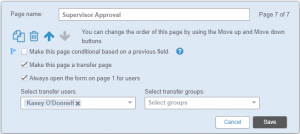
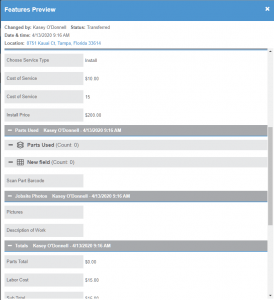
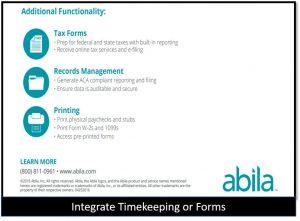
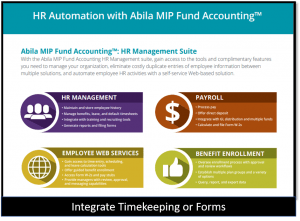
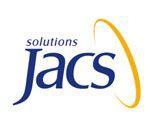
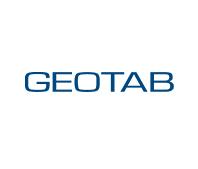 Gain even greater insight into the daily activities of your fleet using the combination of Geotab and Actsoft. Geotab devices provide detailed data collection and seamless integration with our solutions; learn more about the ways your vehicles are being used daily with the power of this tandem.
Gain even greater insight into the daily activities of your fleet using the combination of Geotab and Actsoft. Geotab devices provide detailed data collection and seamless integration with our solutions; learn more about the ways your vehicles are being used daily with the power of this tandem.

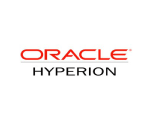

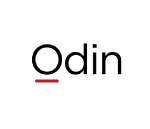 Actsoft partnered with Odin to provide our solutions overseas, through payment processing integrations. Odin helps us support user management for our software; customers can also purchase our products through Odin’s billing platform.
Actsoft partnered with Odin to provide our solutions overseas, through payment processing integrations. Odin helps us support user management for our software; customers can also purchase our products through Odin’s billing platform.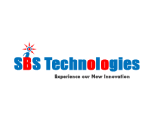
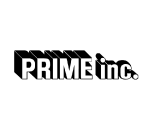
 VisTracks powers our Electronic Logging Device (ELD) solution, which enables transportation businesses to easily automate their hours of service logs, remain in governmental compliance, and reduce their potential to incur costly fines.
VisTracks powers our Electronic Logging Device (ELD) solution, which enables transportation businesses to easily automate their hours of service logs, remain in governmental compliance, and reduce their potential to incur costly fines. Integration between Actsoft solutions and BeWhere’s software products is available. Take your team’s asset tracking, cellular data connectivity, and field insight a step further with effective, cross-application compatibility.
Integration between Actsoft solutions and BeWhere’s software products is available. Take your team’s asset tracking, cellular data connectivity, and field insight a step further with effective, cross-application compatibility.
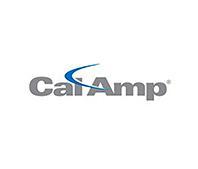 CalAmp tracking devices for vehicles and assets alike are compatible with Actsoft solutions, making it easy for you to efficiently monitor your equipment and fleet cars. Help your team enhance accountability, safety, and savings through a combination of easily installed hardware and intuitive software.
CalAmp tracking devices for vehicles and assets alike are compatible with Actsoft solutions, making it easy for you to efficiently monitor your equipment and fleet cars. Help your team enhance accountability, safety, and savings through a combination of easily installed hardware and intuitive software.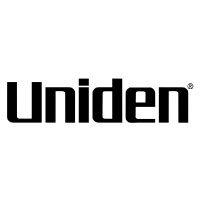 Our partnership with Uniden is ideal for companies looking to gain advanced diagnostics on their fleets. Uniden’s extensive product listing of car electronics like radios, dash cams, radar detectors, and in-vehicle communicators work in concert with Actsoft’s solutions to better connect your vehicles to the company headquarters.
Our partnership with Uniden is ideal for companies looking to gain advanced diagnostics on their fleets. Uniden’s extensive product listing of car electronics like radios, dash cams, radar detectors, and in-vehicle communicators work in concert with Actsoft’s solutions to better connect your vehicles to the company headquarters.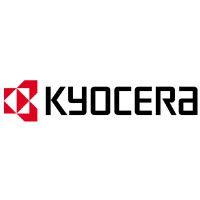 Kyocera offers a wide range of mobile devices, ranging in design from traditional phones to ultra-durable handset technology. Actsoft is able to equip organizations in a variety of different industries with solutions for improved business, while Kyocera supplies the technology they can flawlessly operate on.
Kyocera offers a wide range of mobile devices, ranging in design from traditional phones to ultra-durable handset technology. Actsoft is able to equip organizations in a variety of different industries with solutions for improved business, while Kyocera supplies the technology they can flawlessly operate on.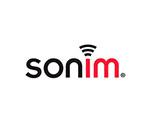

 Our software is the perfect complement to Apple’s user-friendly technology. Equip your workforce with the devices and solutions it needs for optimized productivity during daily operations with Apple and Actsoft.
Our software is the perfect complement to Apple’s user-friendly technology. Equip your workforce with the devices and solutions it needs for optimized productivity during daily operations with Apple and Actsoft.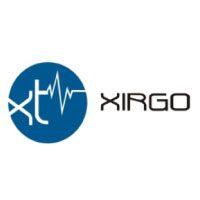
 Actsoft and Sanyo teamed up to merge intuitive business management software with the technology of today. This partnership allows us to provide you with all the tools your team needs for improved workflows, better coordination, and optimized productivity.
Actsoft and Sanyo teamed up to merge intuitive business management software with the technology of today. This partnership allows us to provide you with all the tools your team needs for improved workflows, better coordination, and optimized productivity.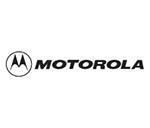 Motorola’s mobile technology works in tandem with our solutions to provide extra versatility to your business practices. Coupled with our software’s features, Motorola’s reliable devices make connecting your workforce simpler than ever to do.
Motorola’s mobile technology works in tandem with our solutions to provide extra versatility to your business practices. Coupled with our software’s features, Motorola’s reliable devices make connecting your workforce simpler than ever to do.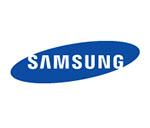 We’re able to bundle certain solutions of ours (including our Electronic Visit Verification options) with Samsung devices to help your team achieve as much functionality as possible, while keeping rates affordable. Use these combinations for accurate recordkeeping, improved communication, and smarter data collection in the field.
We’re able to bundle certain solutions of ours (including our Electronic Visit Verification options) with Samsung devices to help your team achieve as much functionality as possible, while keeping rates affordable. Use these combinations for accurate recordkeeping, improved communication, and smarter data collection in the field.